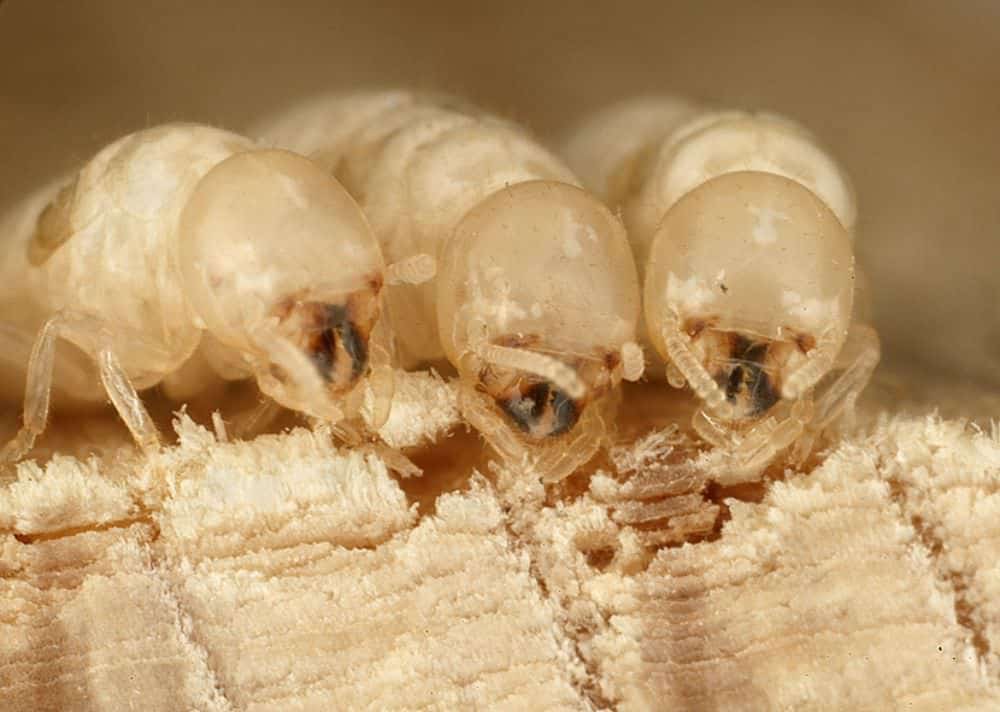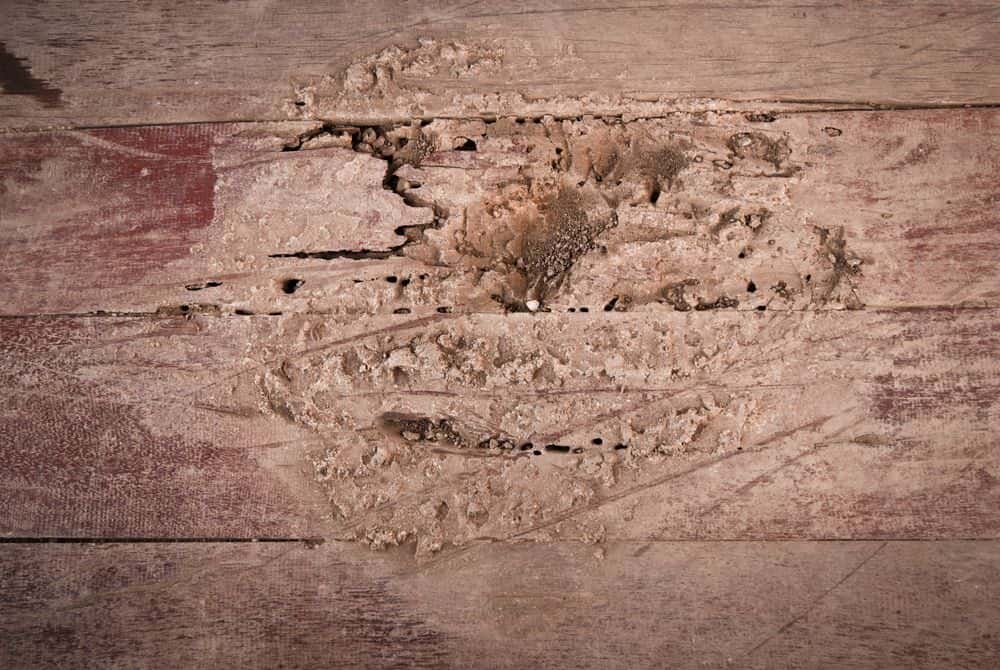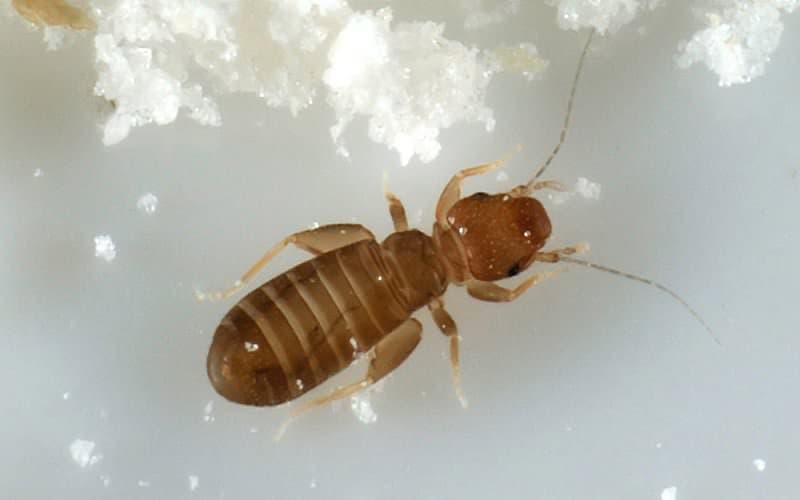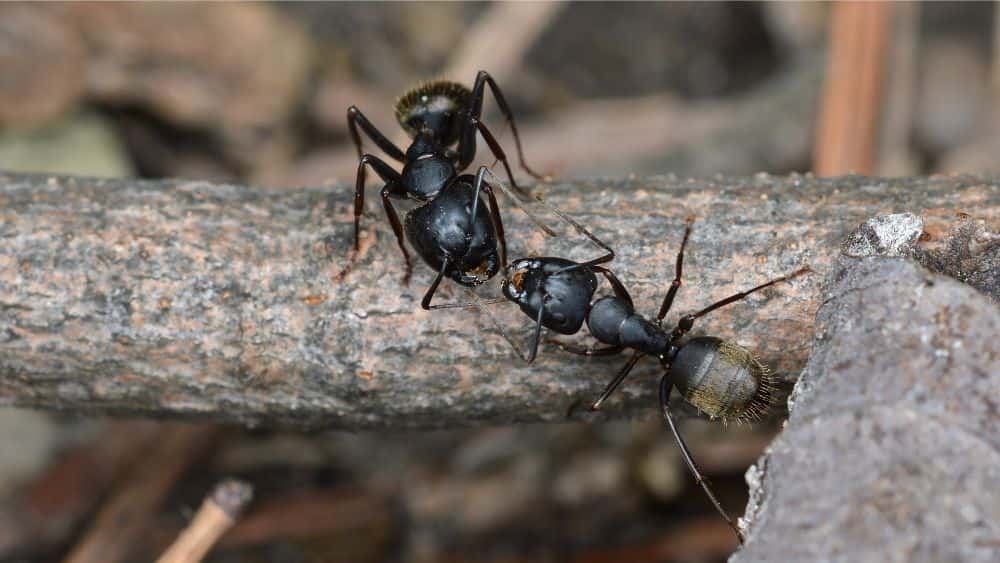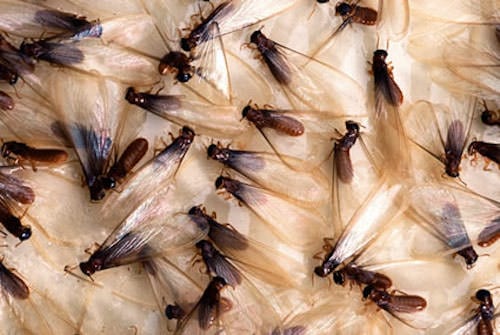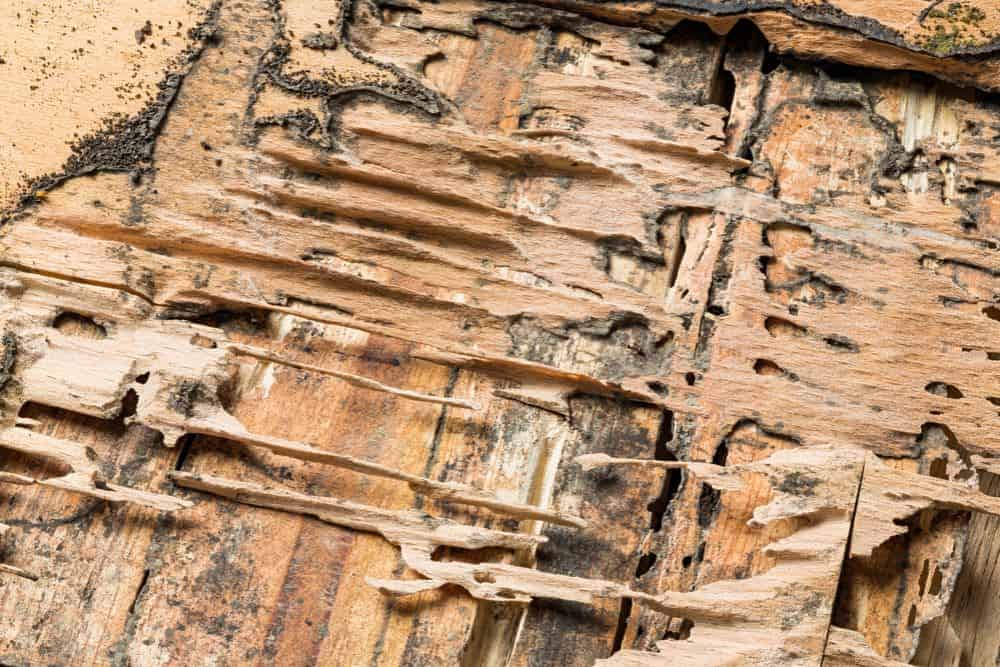Flying Termites With Wings
Are you enjoying the warmer temperatures that come with spring and summer? Have you spotted an unusual winged insect that you don’t have experience with? Don’t be tempted to just swat at it and continue on with your day—it may be a flying termite.
Stop and do yourself a favor—take a closer look. It may seem like an innocuous insect making its way through your house or yard, but it could be so much more. Without a good look at the pest, you may never know.
The warm months bring with them the swarming season for termites. You may not know what they look like, where they come from, or how to get rid of them. We’ll cover all that and more here in this article.
What Do Flying Termites Look Like?
Now you’re wondering if that insect you’ve seen is really a termite, or just a flying ant. One winged pest may look the same as the next to you. If you need help identifying your intruder, here are the distinct physical characteristics of a winged termite.
Flying termites are dark brown, almost black in color. Termites have four wings, like most other flying insects. These wings are all the same length, unlike many other insects that have shorter wings in the back. Termite wings are also incredibly long—nearly twice the length of the termite’s body.
The flying termite will have a boxy body with no truly identifiable waist. Termite antennae are straight and not overly long. The termite itself is large enough to see, but not oversized, coming in between .25 and .375 inches long.
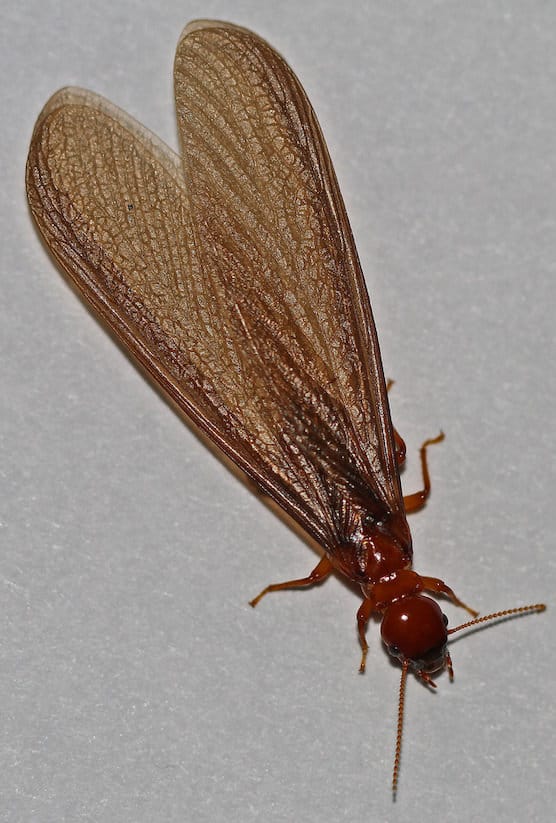
You are likely to see these termites flying in a group. They’ll be hard to miss. If you spot a horde of flying insects you can’t place, don’t hesitate—make the effort to track them down and identify them.
Many insects swarm during their breeding season. Even if you discover that you don’t have a termite problem, you may learn you have another pest issue to address.
For more detailed information on different types of termites and how they vary in looks, this article is quite informative. Depending on the termite species, they may choose different areas to colonize. Knowing the type of termite you’re dealing with can help you locate their colony. It will also let you know what kind of damage you may have to deal with.
Looks are a great place to start when seeking to identify your pest. You may be able to rule out termites quickly just from assessing the appearance of the pest. On the other hand, a visual assessment may also have you convinced termites are what you’re dealing with. Trapping one in a clear container will give you a chance to examine it more closely.
If you still have lingering doubts, however, take a look at their behavior. You may also want to look for supporting evidence of a termite infestation. You may spot the flying termites, but it will be for a brief period of time. You aren’t likely to see the rest—the majority—of the termites in the colony.
Since you won’t be seeing much of the actual termite colony, it’s important to know the signs that indicate termite damage. Discarded wings, mud shelter tubes, small piles of sawdust, and other wood damage are classic signs of an infestation. Don’t ignore these warning signs or diminish their importance.
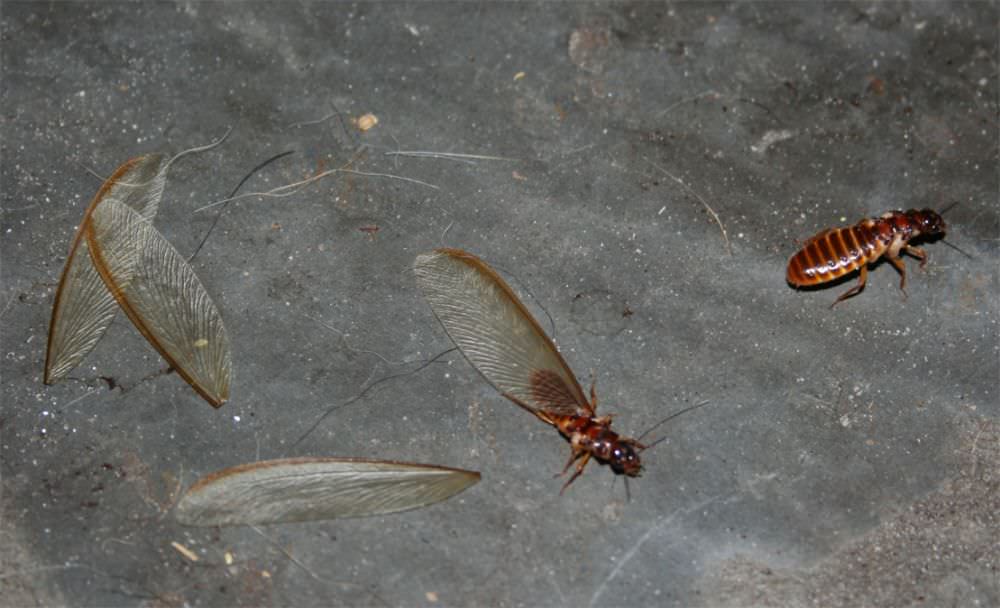
If you determine you have an established termite colony, you should be aggressive with your treatment plan for it to be effective. Just damaging the colony numbers won’t prevent you from experiencing continued damage for many years to come. You need to plan on eradicating the colony completely—as quickly as possible.
Where Do Winged Termites Come From?
The short answer to this question is that your winged termites are coming from an existing colony. The long answer is a little more complicated. It’ll give you a better idea of what you’re dealing with when it comes to termites on your property, though.
Termites feed solely on cellulose, which is why your wooden structures are at risk. You can find them consuming old trees and stumps, wood piles, paper, and the wood your home is constructed with. If you find you have them, you’ll want to stop their progress immediately to save your home.
Termites participate in a caste system in their colony. This means there are several groups of termites with different responsibilities for maintaining the colony. This is common to see with insects, and similar community structures exist for ants and bees.
There are three caste classifications for termites. The first is the worker termite. This is the smallest of the types, looking almost like larvae with their soft, pale, bodies. You won’t likely come across the workers as they are busy working on constructing and expanding the colony.
The soldier termites are of the second caste. These are the most aggressive of the caste types. They have large heads and well-formed mandibles, or mouthparts. Their job is to protect the colony—at all costs. Just like the worker termites, these soldiers are in the deep recesses of the colony and you just aren’t likely to come across them.
And if you do? Avoid coming into physical contact with the soldiers. Though they aren’t quick to bite, they certainly can. That’s an experience worth avoiding.
Here’s another bit of good news about the workers and the soldiers—they are slow moving. Even if you were to come across them, they wouldn’t get to you before you could move away from them. They are also shy and generally non-aggressive.
So what about the winged termites that are able to take flight? These are your fastest termites. Known as the alates, they are sexually mature termites that leave the colony to reproduce and expand the colony.
These are the termites you’re most likely to see. They have left the safety of the colony and are looking for a new place to call home. They’re also the reproductive termites, fed and groomed by the worker termites for this singular purpose. The worker and soldier termites are not responsible for reproduction and are actually infertile.
You will see these termite swarmers, as they’re called, en masse. That is normally how they travel as they look for their mates. The good news is that they’re easy to spot in their large groups.
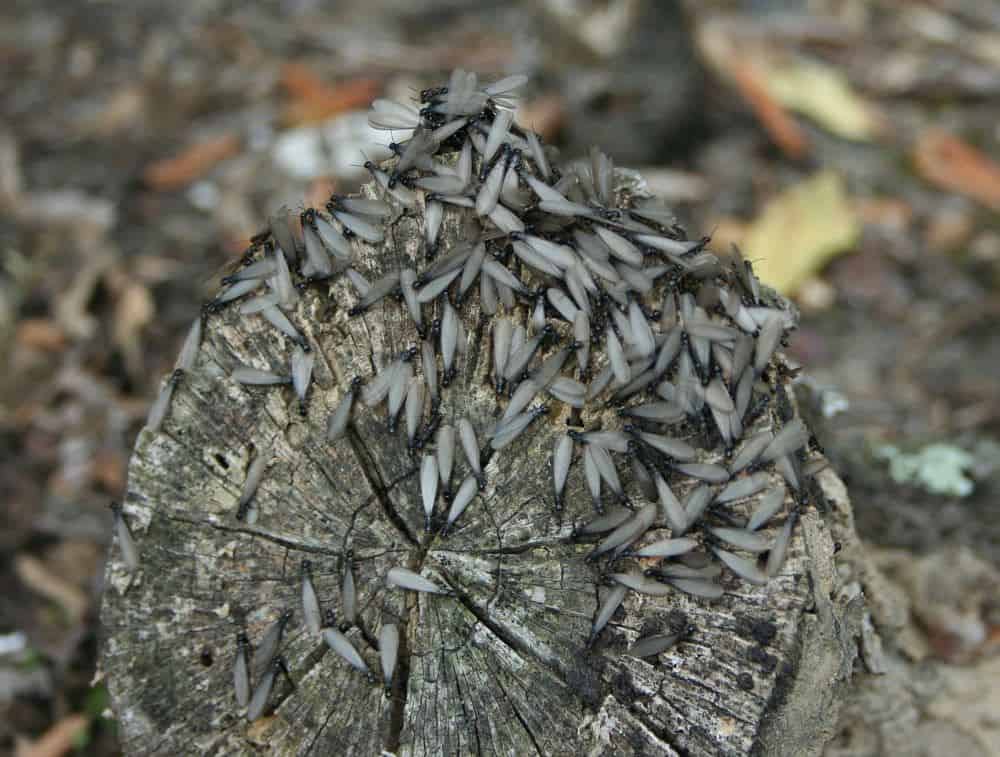
Another piece of good news? The life of an alate is short. They are also completely focused on their mission and won’t seek to interact with you. They are no more aggressive than the timid worker termites.
There’s bad news, too, though. Seeing the termite swarm is likely to mean you have an existing colony somewhere—and it’s big enough to be expanding. If you spot these swarmers, it’s prudent to treat as though you have a colony of termites on the premises.
Even if you haven’t seen evidence of termite activity or an indication of an infestation, the flying termites should be evidence enough.
What Attracts Flying Termites?
Flying termites are looking for a new place to colonize. Their current colony has reached maximum capacity and the termites are looking to expand. Certain environments are more appealing to termites than others. If you’re looking to remove your home’s appeal to termites, start by addressing any compromised wood.
Dampness is attractive to termites. Old wooden structures, wood piles, or tree stumps can all provide ideal housing for termites. Clean your yard of any miscellaneous debris that might be harboring pests. Keeping them out of your yard will help prevent them from making your home their next stop.
To avoid termites from creating colonies in your home, you’ll want to make it as dry and unappealing as possible. Do yourself a favor and seal any leaks and address any chronic moisture in your home, to avoid an infestation.
Check your window screens for damage and make sure all your weather-sealing is in good shape. Making access to your house difficult can be a simple, but effective, deterrent.
Termites can do a lot of damage while going virtually unseen. You don’t know what’s going on in your foundation or your floors, and you don’t want to risk your home. For more information on what brings flying termites around, as well as signs that they’re setting up shop, click here.
Do Flying Termites Swarm?
Flying termites do swarm. When the colony is ready to expand, all of the sexually mature termites are released together. This happens for a few reasons.
The first is that termites tend to swarm during certain times of the year. The breeding cycle coincides with specific weather conditions involving warmth and moisture. High humidity and warm temperatures are ideal for their breeding season. You can expect to run into flying termites once the temperatures have warmed up.
The alate only lives for a short period of time. To find a mate, reproduce and expand the colony during that time, it’s necessary for all the alates to coexist together. Male and female termites will participate in the swarm. This increases the chance that they will find a mate and that their mission will be successful.
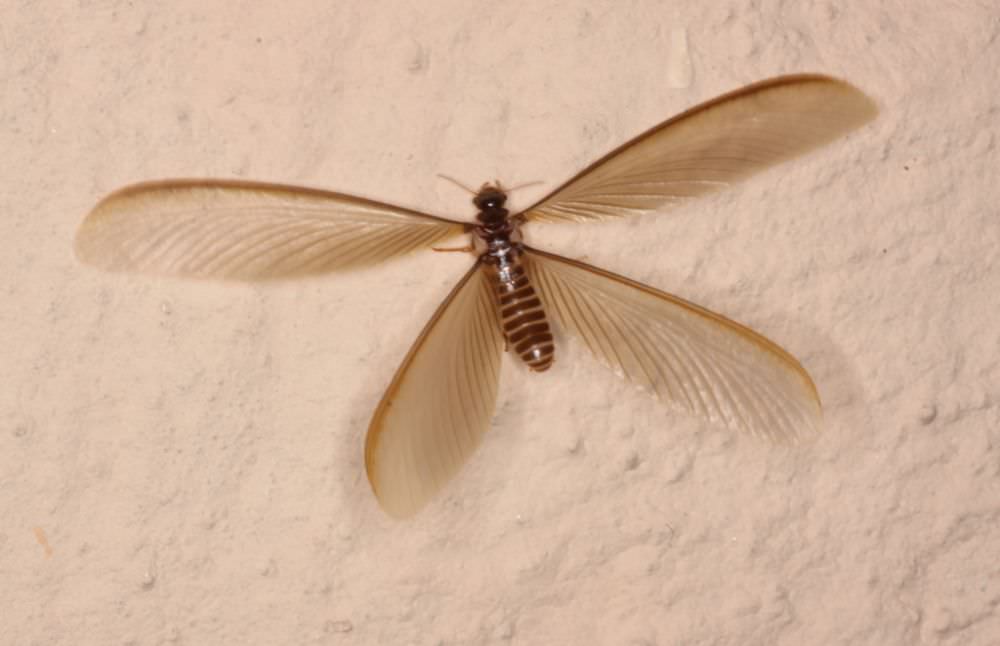
Traveling in a group also means they will arrive at their prospective new home together and settle in to create the new colony. It also means they’ll be provided some protection from predators during their journey—safety in numbers.
While a large group of flying insects can certainly be unnerving, the good news is they’re easy to spot. The better news is, that once you’ve spotted them, they’re easy to treat.
How to Get Rid of Flying Termites
This will probably be one of your biggest concerns once you’ve determined you do have winged termites. If only getting rid of the flying termites was the whole issue. Unfortunately, it’s just one piece of the bigger picture.
Getting rid of flying termites will help prevent the expansion of the colony—for now. It’s also one of the only times you’ll get a good look at the problem at hand. A kill-on-contact spray is a quick solution for addressing the immediate alate problem.
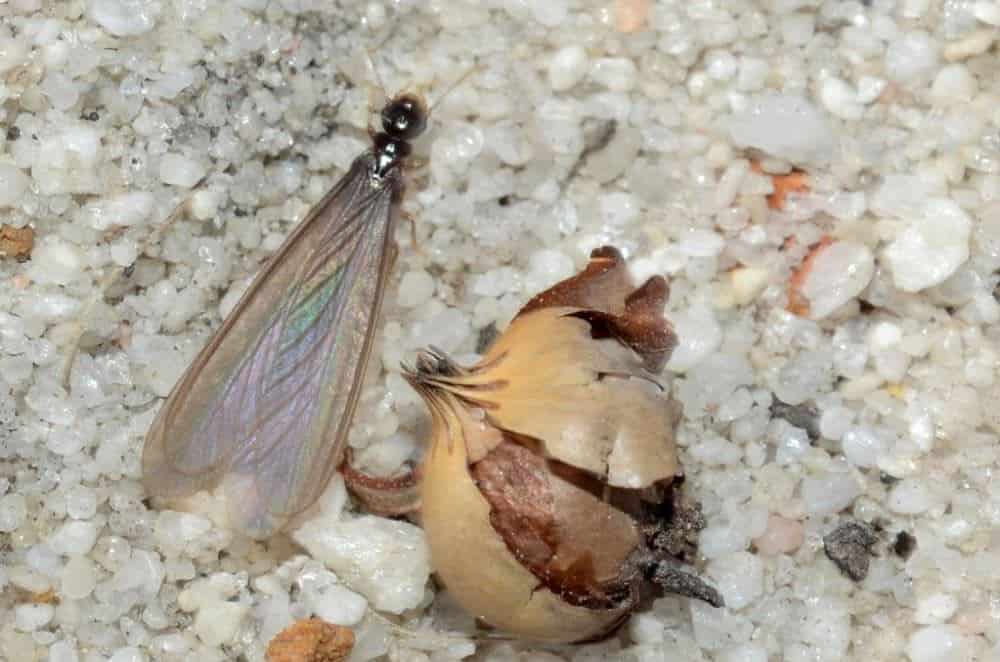
If you fail to address the underlying termite issue, though, the alates will just keep coming back during every breeding cycle. To truly be rid of flying termites you have to intercept the colony.
This can be done in many ways and there are multiple options for treating your home for termites. One of my preferred methods is to use a poison that disrupts the central nervous system of the pest. It may take some time to fully eradicate the colony, but it works well and has the added benefit of being effective against other pests as well.
If you’re looking for more information on different options for treating termites in your home, click here. You can also take a look at some of the other articles here on the website.
Here’s one of the more disturbing facts about termites: unlike other, short-lived pests, a termite can live for several years. Their queen? She can be around for decades. You don’t want to sit on a termite problem. Start treating it as soon as you’ve identified it as an issue.
What Should You Do Next?
There’s no need to let the appearance of winged termites defeat you. There are plenty of options available for handling the termite problem at hand. If you are overwhelmed by the prospect, a pest control professional can guide you through the process.
It’s important to deal with a termite problem right away. I won’t deny that. You should know, however, that this is definitely something you can fix. Put together a plan of attack and in no time at all these winged creatures will be a thing of the past.
Once you’ve eradicated the colony, I highly recommend using maintenance applications of pest spray. These are generally more gentle than the treatment you need to use on established infestations. The application is quick and easy—and effective.
Maintenance applications mean you won’t be holding your breath and hoping for the best. There’s no infestation to beat back—it just becomes part of your regular home maintenance. I’m a firm believer in preventative measures, and this is one area where it can really pay off.
If you’re looking for more information on flying termites than what’s been provided here, the EPA can be an excellent source for information. You may also find what you’re looking for in the other articles in my database.

